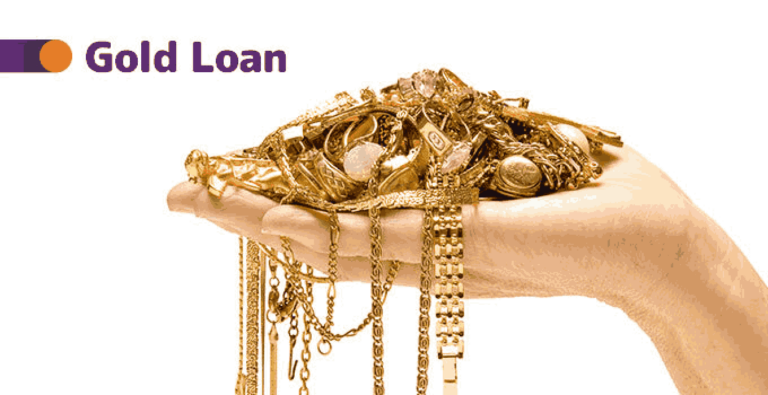
Table of Content
India has been a pioneer in gold consumption since time immemorial. But due to the death of domestic gold, it has been reliant on gold imports to suit its requirements. As a result, there have been large current account deficits.
To reduce the import of gold into the country, the government implemented different policies, recalling the gold loans offered to banks. 2015 witnessed the time when the Indian Government unveiled the GMS or Gold Monetization Scheme (GMS). So, is GMS changing the Gold Loan Game?
The Government of India launched the GMS or Gold Monetization Scheme to unlock gold’s real value. According to the guidelines, the scheme’s minimum deposit requirement is 30 gms.
With an objective to tap gold within the nation, Indian Government launched three schemes:
The key objective of the GMS or Gold Monetisation Scheme is to mobilize gold owned by institutions and households in the country to put gold into productive use. Reducing the country’s reliance on gold imports reduces the recent account deficit to suit the nation’s domestic demand. Here’s presenting the key objectives:
Outlining the Most Common Features of the Gold Monetization Scheme
The following points outline the key features of GMS:
The scheme offers zero maximum investment limit for the following deposits:
The scheme outlines that a gold coin, bar, or any ornament that weighs more than or equal to 30 grammes of raw gold will be deposited. It permits the withdrawal after the requisite lock-in period. For such withdrawals, it imposes a certain amount of fees.
GMS provides a 2.5% interest rate, which tends to be higher than the previous gold investments. According to the scheme, redeeming short-term deposits for dollars or gold at the rate is possible.
Gold monetization can be performed in two steps. While the first step includes the gold’s purity verification, the second and last step requires you to establish a gold savings account with your preferred bank. Here’s more on this front:
The collected gold is first sent to the government-certified test centers, which are better referred to as Hallmarking Centers. The professionals there conduct the Preliminary XRF machine test to find the pure gold amount. After getting the results, it will be discussed with you.
If you approve, you need to fill in the KYC form and consent to melting the metal. If you disagree, it will be given back to you. The professional will melt the jewelry in your presence. If you disagree with the results, you may take the gold back in the form of bars after paying the required fee. If you wish to deposit it, the bank will pay the fees, and you will get the certificate issued by the center.
After you show the certificate to the bank, you can open the Gold Savings Account. The quantity of gold gets credited into this account.
The Gold Monetisation Scheme offers the following benefits:
The prime reasons why individuals plan to purchase gold are capital gains, liquidity, and security. It is reportedly noted that urban households spend more money on gold than rural families. So, it is imperative to spread awareness of this scheme. If the urban familiar are unaware of this programme, chances are high that the rural population would also not get familiar with it.
![]() IIFL Customer Care Number
IIFL Customer Care Number
(Gold/NCD/NBFC/Insurance/NPS)
1860-267-3000 / 7039-050-000
![]() IIFL Capital Services Support WhatsApp Number
IIFL Capital Services Support WhatsApp Number
+91 9892691696
IIFL Capital Services Limited - Stock Broker SEBI Regn. No: INZ000164132, PMS SEBI Regn. No: INP000002213,IA SEBI Regn. No: INA000000623, SEBI RA Regn. No: INH000000248, DP SEBI Reg. No. IN-DP-185-2016, BSE Enlistment Number (RA): 5016
ARN NO : 47791 (AMFI Registered Mutual Fund Distributor), PFRDA Reg. No. PoP 20092018

This Certificate Demonstrates That IIFL As An Organization Has Defined And Put In Place Best-Practice Information Security Processes.